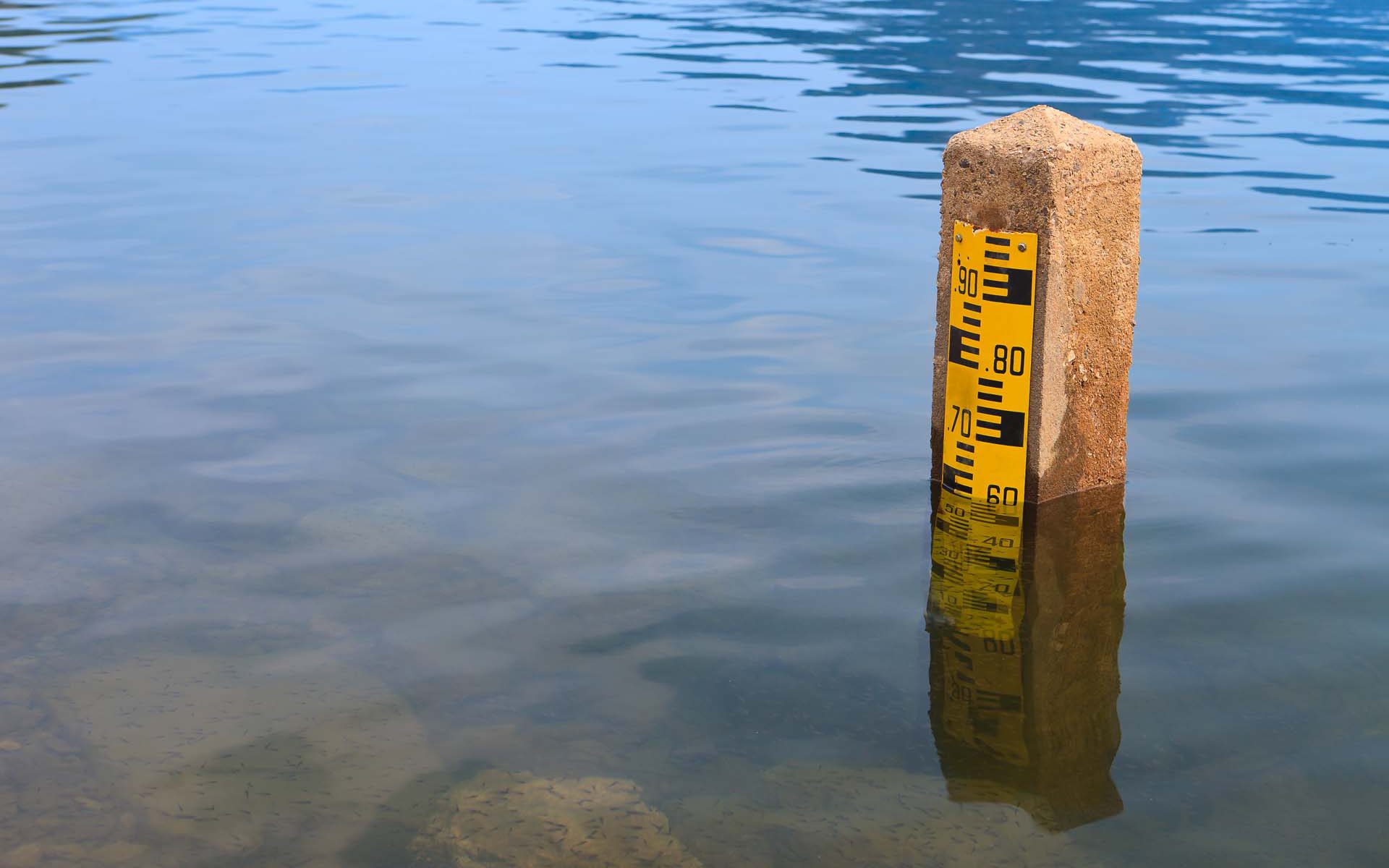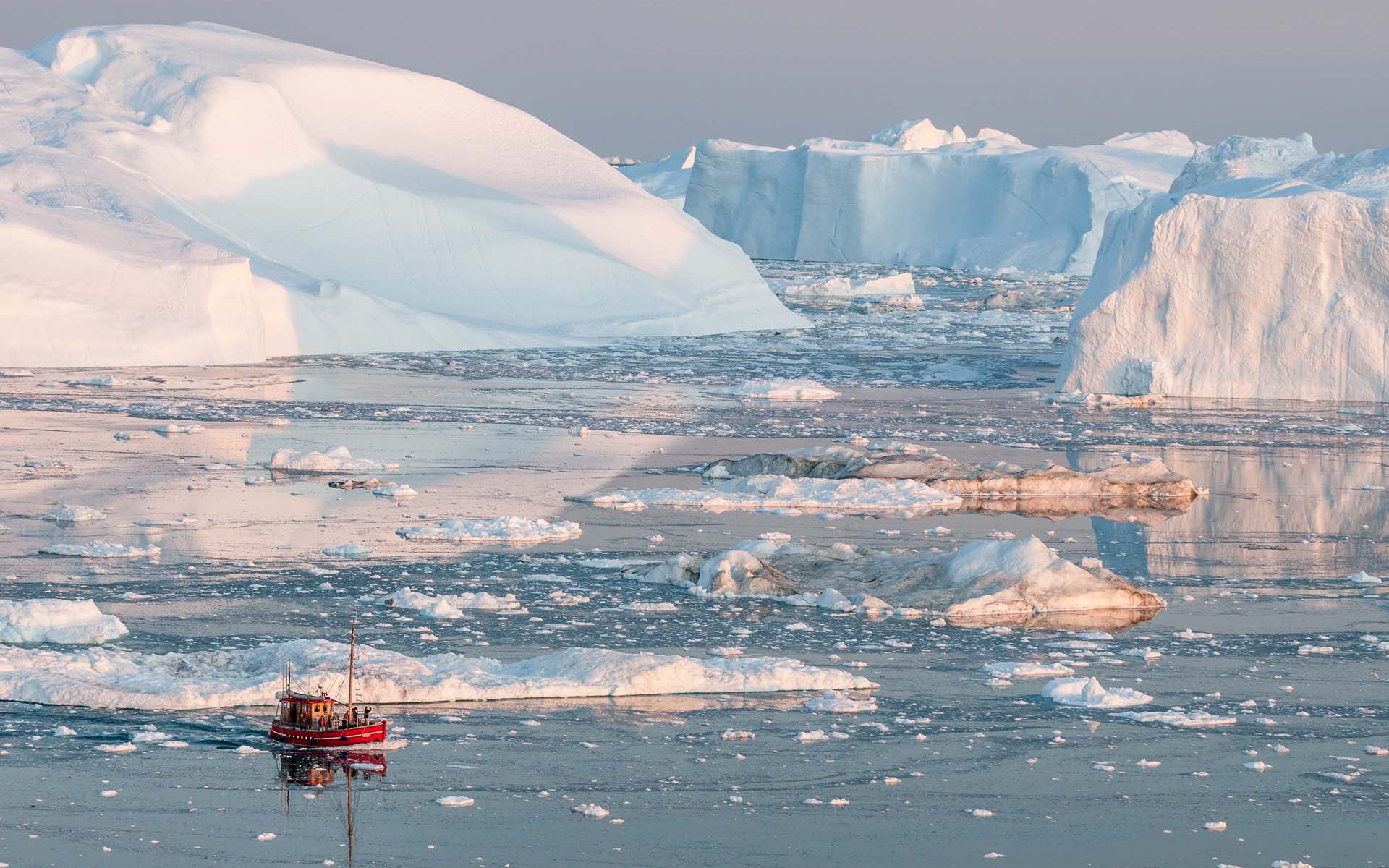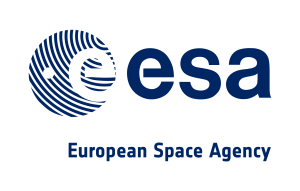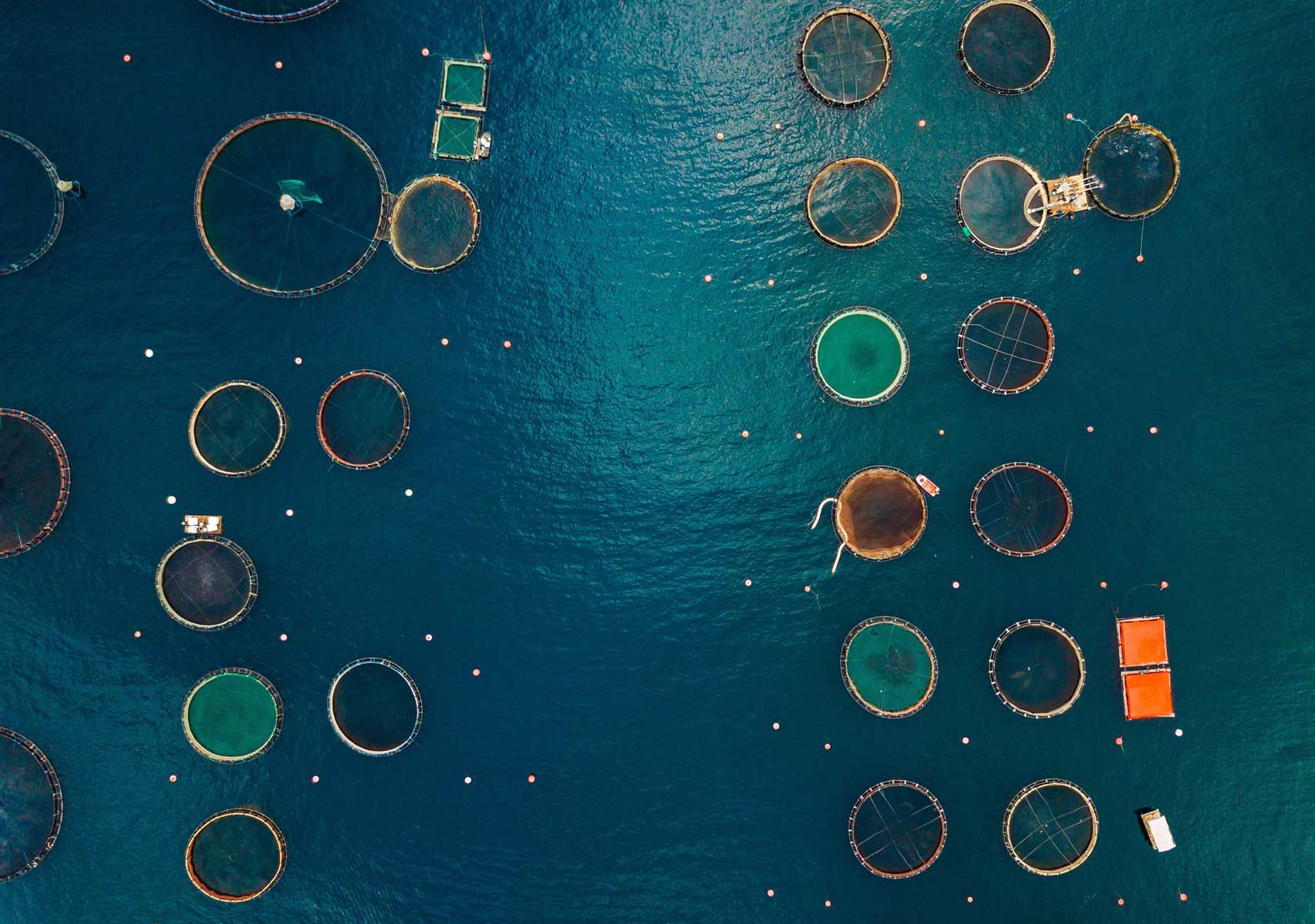Nonitoring the right data and information is crucial for governments in flood and drought situations.

Flood and drought monitoring and prediction
Providing reliable data streams and applying complex analyses on a wide range of remote sensing and climate data
Why is this important?
Flood and drought monitoring provides access to the right data and information for governments and local authorities. This enables them to mitigate potential disasters.
Project highlights:
Reliable near-real-time remote sensing data and climate forecasts for flood and drought management on country and river basin scale
Automated data streams from a wide range of online sources for satellite-based rainfall, temperature, soil moisture, NDVI, water levels, chlorophyll, evapotranspiration, and more
Statistics and complex indices based on latest science that support in-depth analysis of severity of flooding and drought events
In more detail..
Increased floods in some areas and droughts in others, is having a substantial impact on the ecosystem and agriculture of the affected region and harming the local economy, often hitting developing countries the hardest.
The Flood and Drought project is working on a groundbreaking online system containing an array of data such as hydrographic, meteorological and demographic information in near-real time piloted by 10 water authorities across six countries and three transboundary river basins. This is a packaged solution providing not only data and information but also tools to integrate this information into the users planning.
The online portal allows for the users to locate and identify hazards, estimating impacts and providing risk assessment. It also includes a water indicator tool and water safety planning to support decision making as well as an application to understand crop yields.
To make the information accessible to stakeholders, we maintain data streams from more than 20 different online sources of remote sensing and climate data.
We compute statistics and complex indices based on latest science for enhanced assessment of flood or drought severity, available on country or river basin scale.
The software is developed as part of the Flood and Drought Management Tools project funded by the Global Environment Facility (GEF) together with the United Nations Environment Programme (UNEP) and the International Water Association (IWA).
Related items
AI4Water: Evapotranspiration
Satellite-based evapotranspiration for improved crop water efficiency in Uganda. Using Artificial Intelligence to assess evapotranspiration, saving up to 30% in irrigation consumption
Flood Risk and Hazard Mapping
Worldwide high resolution flood risk and hazard mapping using historical and near real time satellite
EOatDHI part of the DHI GROUP
gras@dhigroup.com
+45 4516 9100
Agern Alle 5,
2970 Hørsholm,
Denmark
CVR: 36466871
















